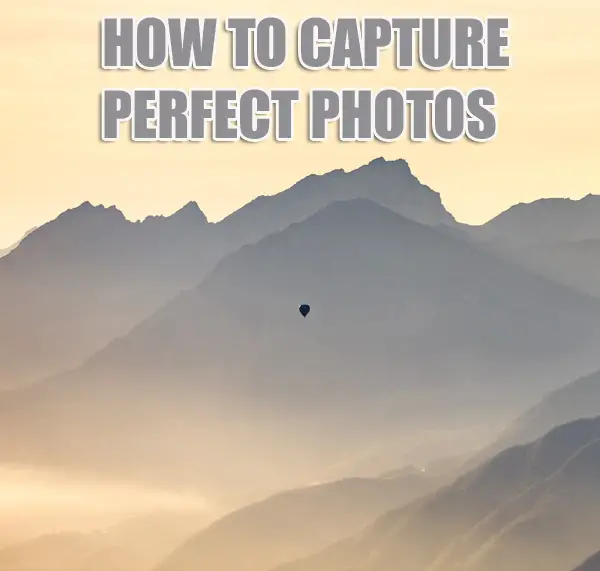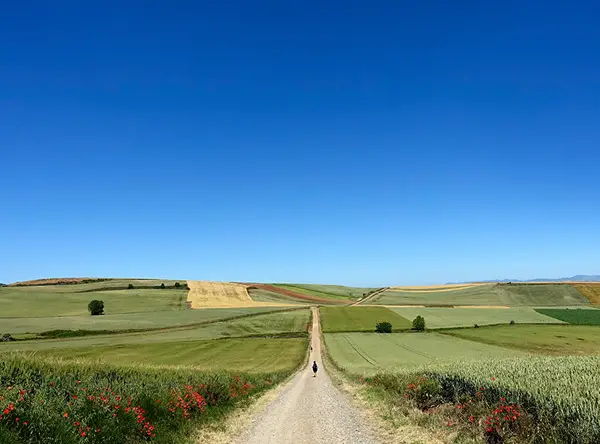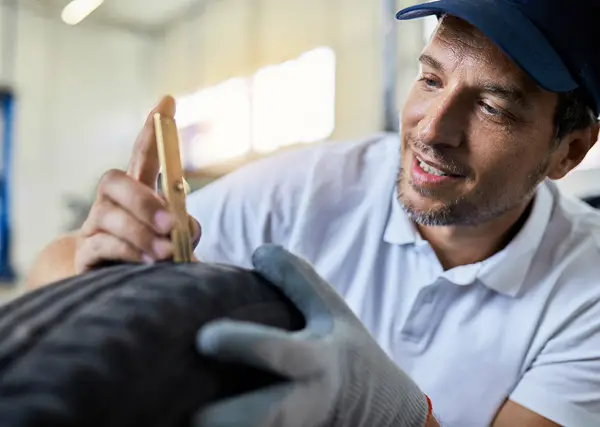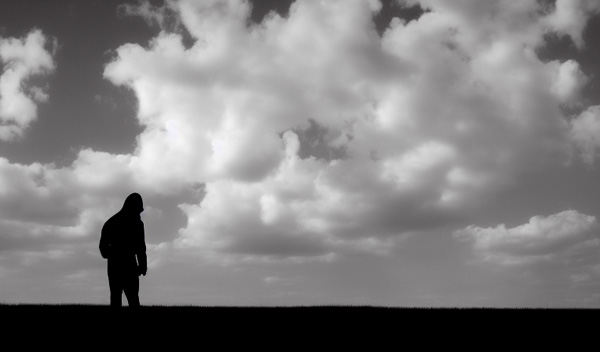Anyone with a camera can take a picture. But capturing the perfect photograph is an art form. It takes skill, practice, and patience to create beautiful images that capture a moment in time.

In this blog post, we will share 10 tips for capturing perfect photographs every time.
To capture the perfect picture every time, use natural light, get close to your subject, find a unique perspective, keep your composition simple, play with lines and shapes, pay attention to your backgrounds, use leading lines to guide the eye, and create a sense of depth.
How to Capture Perfect Photos
1. Use Natural Light
Capturing the perfect photo can be a challenge, even for experienced photographers. However, there is one foolproof way to ensure that your photos turn out looking great every time: use natural light.

By taking advantage of the sun’s rays, you can create stunning images that are full of contrast and detail. And because natural light is free, you can save money on expensive lighting equipment. You also don’t need expensive cameras to take remarkable images with natural light.
Best of all, natural light is flattering to both people and objects, making it the ideal choice for capturing pictures of your family, friends, and favorite subjects.
So next time you’re reaching for your camera, make sure to take advantage of the beautiful light provided by Mother Nature.
2. Get up close and personal with your subject
When it comes to getting the perfect photo, there is no substitute for getting up close and personal with your subject.

This allows you to shoot with a wide aperture, which gives you a shallow depth of field and helps you to focus on your subject.
It also allows you to capture more detail and avoid distracting background elements. Of course, getting close to your subject can sometimes be difficult, but that’s where creativity and perseverance come in.
If you’re willing to experiment and shoot from different angles, you’ll find that you can get the perfect photo every time. So don’t be afraid to get up close and personal with your subject.
It’s the best way to ensure that you’ll always capture the perfect photo.
3. Find a unique perspective
Anyone can snap a picture, but it takes a true artist to capture a perfect photo. One of the keys to success is finding a unique perspective.

We all see the world through our lens, and by learning to focus on what makes our perspective special, we can learn to take truly stunning pictures. Here are a few tips to help you get started.
First, take some time to examine your work with a critical eye. What do you like about your photos? What makes them stand out? Second, experiment with different techniques, and don’t be afraid to try something new.
Third, learn from your mistakes and keep practicing until you get the results you want. With these tips in mind, you’ll be well on your way to taking perfect photos every time.
4. Simplify your composition
When it comes to capturing the perfect image, sometimes less is more. A busy composition can be distracting, drawing the viewer’s eye away from the subject of the photo.

By simplifying your composition, you can create a more elegant image that highlights the main focal point.
This can be achieved by removing clutter from the foreground and background, or by choosing a more minimalistic approach when framing the shot.
By streamlining the composition, you can create images that are more visually appealing and better suited to conveying your intended message.
So next time you’re behind the camera, remember that sometimes simplicity is key to taking great photos.
5. Play with lines and shapes
Traditional photography involves point-and-shoot cameras and relies on objects in the frame to create an image. However, this isn’t the only way to take pictures.

By playing with lines and shapes, you can create interesting compositions that are perfect for capturing abstract photos.
Lines can lead the eye around the frame, and shapes can add contrast and visual interest. By experimenting with these elements, you can produce stunning results that go beyond the traditional snapshot.
So next time you’re behind the camera, don’t be afraid to get creative with your composition. You might just capture the perfect photo.
6. Use leading lines to guide the eye
Leading lines are one of the most important compositional elements in photography. By using lines to guide the eye, photographers can control how viewers see their shots and emphasize certain elements within the frame.

Leading lines can be created by a variety of means, including roads, fences, power lines, and even the horizon.
When used effectively, leading lines can create a sense of depth and movement within a photo, drawing viewers into the scene. They can also be used to lead viewers toward a particular subject or point of interest.
By understanding how to use leading lines, photographers can capture more powerful and evocative shots.
7. Pay attention to the background
Every photographer knows that the key to capturing a great photo is paying attention to the background. A busy or cluttered background can distract from the main object of the photograph, making it appear smaller or less important.

Conversely, a simple background can make the object appear more striking and vibrant. Paying attention to the background also allows you to capture interesting juxtapositions or patterns that can add another layer of meaning to your photos.
So next time you’re photographing a friend or family member, take a moment to look around and choose a background that will help make your photo perfect.
8. Create a sense of depth in your photos
When you’re shooting a photo, one of the things you want to consider is how to create a sense of depth.

This can make your photos more interesting and engaging, and it’s also perfect for capturing candid moments. For example, if you’re taking a photo of a person, try to include something bright in the background.
This could be the sun shining through a window or even a lamp on a nearby table. The contrast between the bright background and the person in the foreground will help to create a sense of depth in your photo.
By including elements like this in your photos, you’ll be able to perfectly capture those candid moments.
9. Use negative space for a more minimalist approach
When it comes to taking pictures, Negative space is your best friend. This is the area around your subject matter – and by including more of it in your image, you can create a cleaner, more minimalist composition that is sure to capture the perfect shot every time.

Not only does negative space help to simplify an image, but it can also be used to great effect to highlight your subject matter.
By leaving more negative space around your subject, you can create a sense of focus and ensure that your image is well-balanced.
In addition, negative space can be used to great effect in images that feature strong light and shadow contrast.
By including more negative space in these images, you can help to emphasize the drama and intensity of the scene. So next time you’re behind the lens, remember to leave some room for negative space – it could be the key to taking your image from good to great.
10. Have fun and experiment!
Anyone who’s ever tried to capture the perfect shot knows that it’s not always easy. Sometimes it takes shooting a hundred pictures before you get the right one.

And even then, there’s always the possibility that you could have done something just a little bit differently to make it even better. That’s why I believe that having fun and experimenting is the key to capturing great pictures every time.
If you love what you’re shooting, then chances are good that your excitement will come through in your work. And even if you don’t get the perfect shot every time, you’ll at least walk away with some great memories (and maybe a few good laughs).
So next time you’re out shooting, remember to relax and enjoy yourself. You might just be surprised at what you end up with.
Conclusion
These are just a few tips to help you get started. The best way to improve your photography skills is to practice, experiment, and have fun! We hope these tips inspire you to get out there and start capturing some amazing photographs.
Click the following link to learn what to do if you hate taking pictures of yourself.








